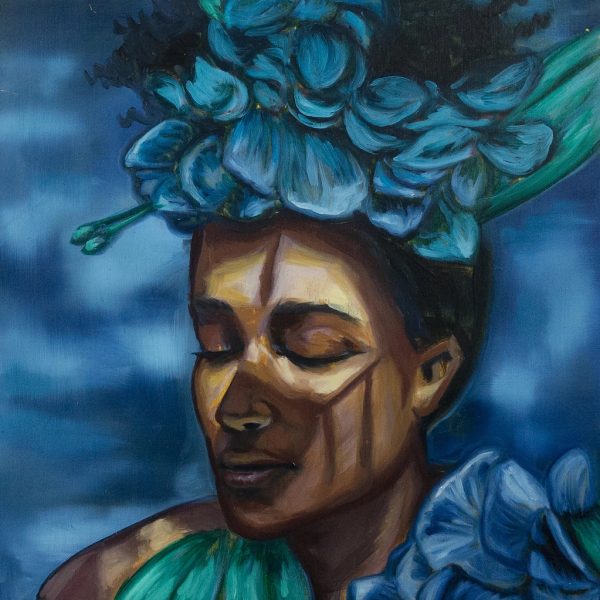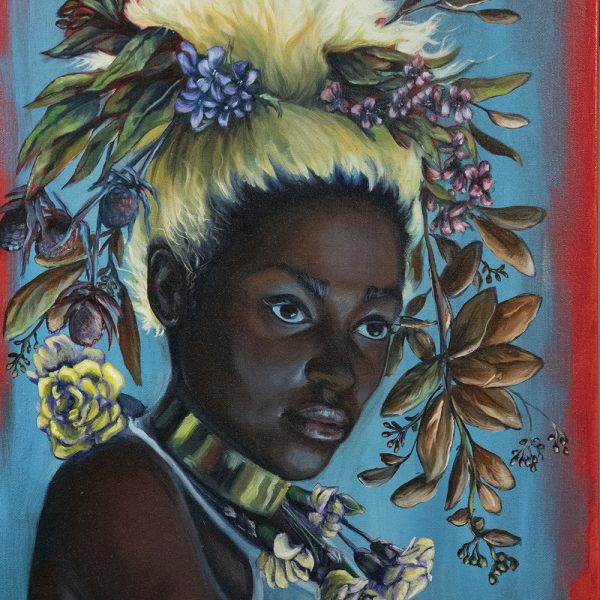Tabitha Whitley is a Brooklyn-based artist who focuses on oil painting and relief printmaking. She received her BFA in Painting from the Fashion Institute of Technology in 2009, then went on to receive an MFA in Painting from the New York Academy of Art in 2011.
Her work, which bridges lusciously painted portraits with chromatic abstractions, explores themes around her African-American heritage. In addition to teaching courses such as “Painting People of Color,” she is the President of the Alumni Association of the New York Academy of Art and is on the Board of Trustees. She exhibits her work extensively, notably co-curating Dinner Party for The Quin Central Park by Hilton Club; being invited by Brooke Shields and Helena Christensen to exhibit in Bliss at Miami’s Mandarin Oriental hotel; and showing alongside Ai Weiwei, Swoon, and Shepard Fairey for multiple Art for Tibet fundraisers in New York City. Her paintings and printmaking have been featured in publications such as The Wall Street Journal and The Guardian.
“I explore the dualities within my heritage and the through-line of traditions that we, as African-Americans, share with our ancestors. From the way we take care of our hair and skin to the way we tell stories, I create links to a culture from which I have often felt disconnected. Before I begin a painting, I choose an African wax print textile as the base for my color palette. I then create an abstract painting in acrylic from this palette. In these early stages, I allow gesture and mark-making to begin the storytelling process. Next, I develop figures within the abstract composition. Rather than functioning as decorative elements within the work, I want the individuals that I represent to possess an agency of their own. These figurative subjects carry a strength, grace, and dignity which not only represents those displaced from the diaspora, but also represents their descendants. Notably, the process of painting non-European people using traditional western European painting techniques speaks to the dualities within my own heritage. Europe is also in my blood and culturally shaped my present home; therefore, I cannot speak about Africa without speaking about Europe as well. The foliage in my paintings often serve as a tether that ties these opposing parts of my heritage together. My roots may come from a place of darkness, but my work is a celebration of the strength and resilience that my people have shown despite it.”


